Protect your family from respiratory illnesses. Schedule your immunization here >
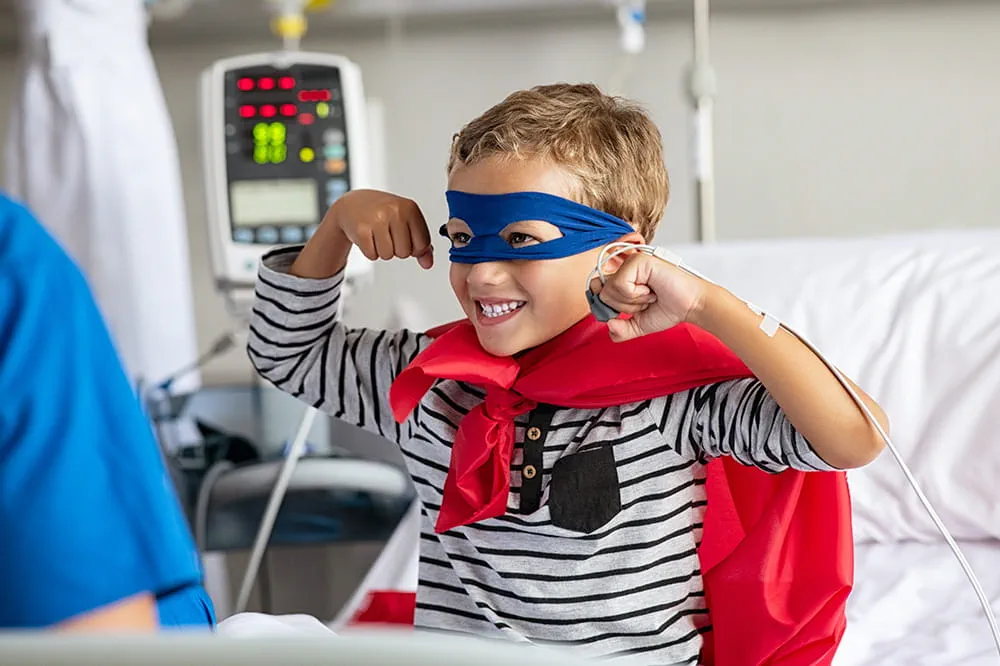
Ranked nationally in pediatric care.
Arkansas Children's provides right-sized care for your child. U.S. News & World Report has ranked Arkansas Children's in seven specialties for 2025-2026.

It's easier than ever to sign up for MyChart.
Sign up online to quickly and easily manage your child's medical information and connect with us whenever you need.
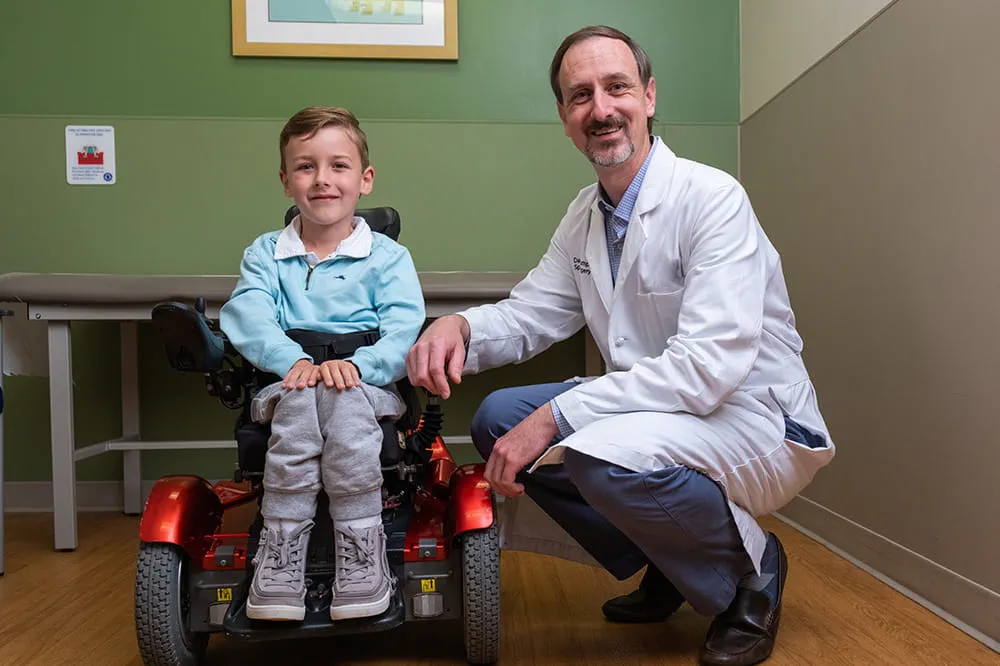
We're focused on improving child health through exceptional patient care, groundbreaking research, continuing education, and outreach and prevention.

When it comes to your child, every emergency is a big deal.
Our ERs are staffed 24/7 with doctors, nurses and staff who know kids best – all trained to deliver right-sized care for your child in a safe environment.

Arkansas Children's provides right-sized care for your child. U.S. News & World Report has ranked Arkansas Children's in seven specialties for 2025-2026.

Looking for resources for your family?
Find health tips, patient stories, and news you can use to champion children.

Support from the comfort of your home.
Our flu resources and education information help parents and families provide effective care at home.

Children are at the center of everything we do.
We are dedicated to caring for children, allowing us to uniquely shape the landscape of pediatric care in Arkansas.
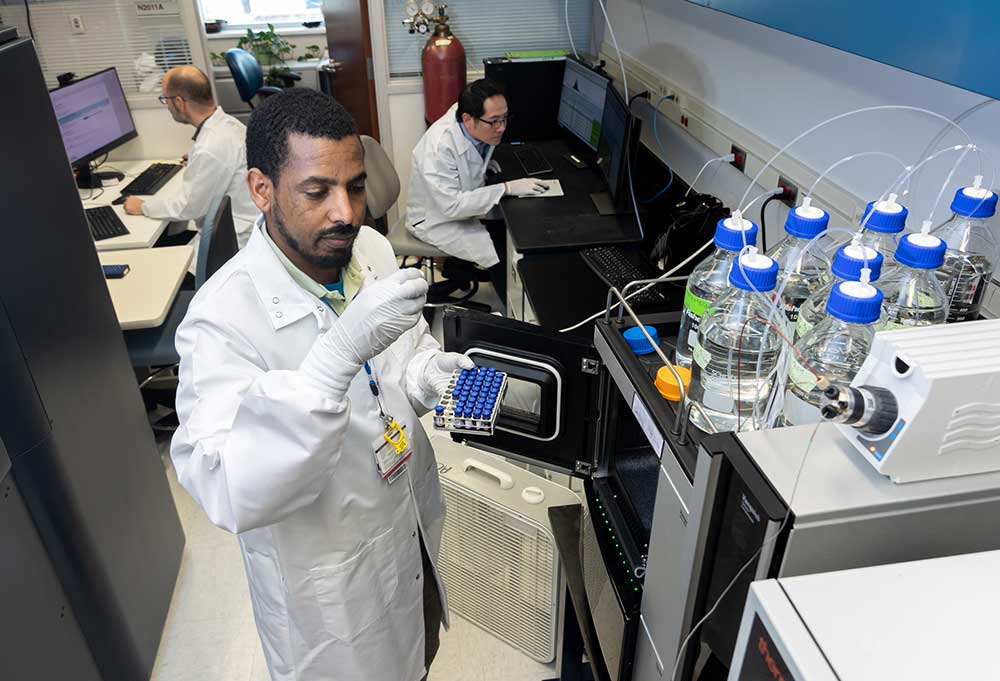
Transforming discovery to care.
Our researchers are driven by their limitless curiosity to discover new and better ways to make these children better today and healthier tomorrow.

We're focused on improving child health through exceptional patient care, groundbreaking research, continuing education, and outreach and prevention.
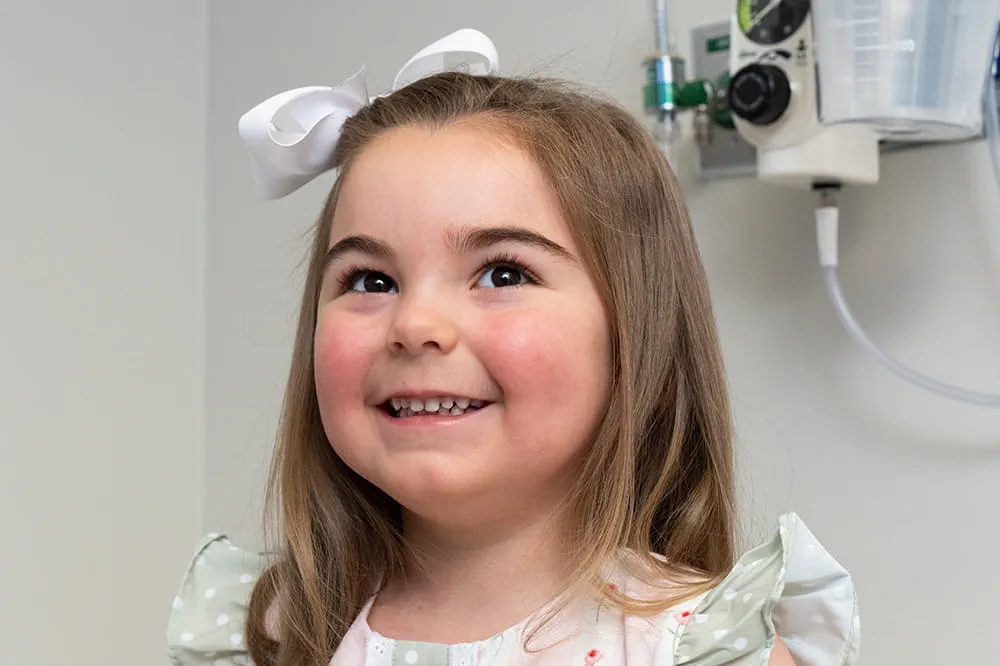
Then we're looking for you! Work at a place where you can change lives...including your own.

When you give to Arkansas Children's, you help deliver on our promise of a better today and a healthier tomorrow for the children of Arkansas and beyond

Become a volunteer at Arkansas Children's.
The gift of time is one of the most precious gifts you can give. You can make a difference in the life of a sick child.

Join our Grassroots Organization
Support and participate in this advocacy effort on behalf of Arkansas’ youth and our organization.

Learn How We Transform Discovery to Care
Scientific discoveries lead us to new and better ways to care for children.

Learn How We Transform Discovery to Care
Scientific discoveries lead us to new and better ways to care for children.

Learn How We Transform Discovery to Care
Scientific discoveries lead us to new and better ways to care for children.

Learn How We Transform Discovery to Care
Scientific discoveries lead us to new and better ways to care for children.

Learn How We Transform Discovery to Care
Scientific discoveries lead us to new and better ways to care for children.

Learn How We Transform Discovery to Care
Scientific discoveries lead us to new and better ways to care for children.
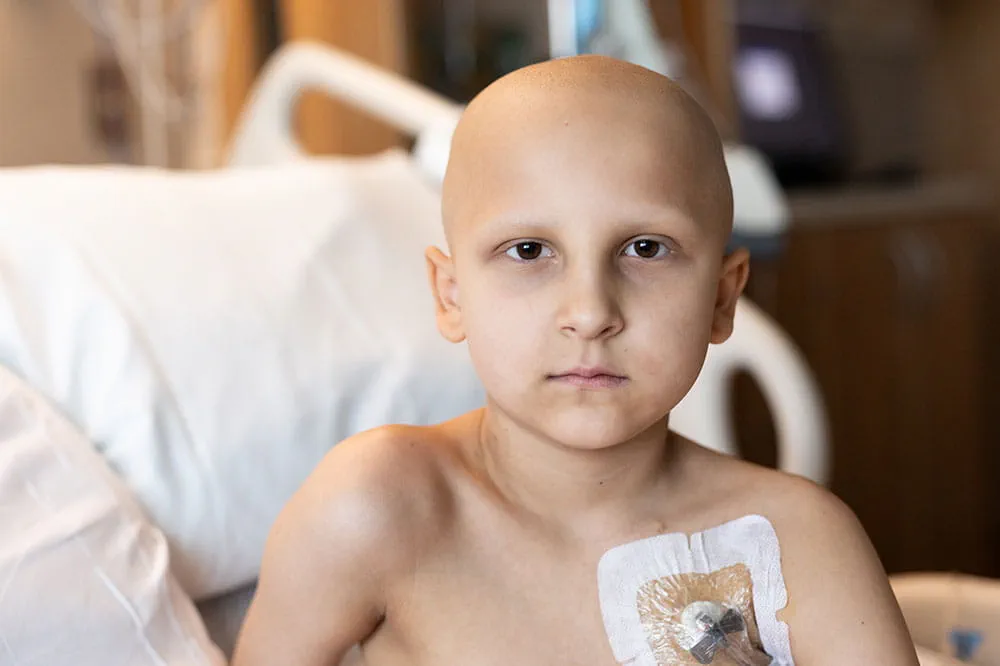
When you give to Arkansas Children’s, you help deliver on our promise of a better today and a healthier tomorrow for the children of Arkansas and beyond.
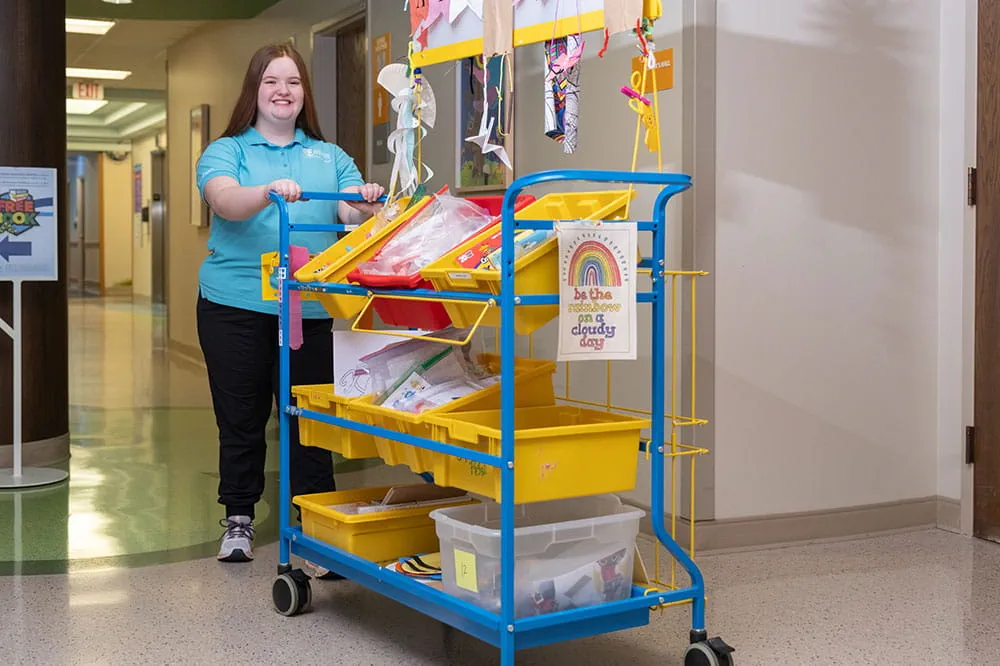
Your volunteer efforts are very important to Arkansas Children's. Consider additional ways to help our patients and families.

Join one of our volunteer groups.
There are many ways to get involved to champion children statewide.

Make a positive impact on children through philanthropy.
The generosity of our supporters allows Arkansas Children's to deliver on our promise of making children better today and a healthier tomorrow.

Read and watch heart-warming, inspirational stories from the patients of Arkansas Children’s.

Hello.

Arkansas Children's Hospital
General Information 501-364-1100
Arkansas Children's Northwest
General Information 479-725-6800

Sclerotherapy
What is Sclerotherapy?
Sclerotherapy involves injecting a medication into the malformation, which can cause swelling, then shrinkage of the area. Either medication or a chemical such as pure alcohol is injected into the malformation, which can cause swelling, then shrinkage of the area. Although sometimes a single treatment can be sufficient, more commonly, sclerotherapy is repeated every 2-3 months until patients are happy with their results. The total number of treatments needed typically depends on how large the malformation is and its location. For example, if the malformation is on the face, it may be treated more aggressively than one within a thigh muscle.
Preparing for Sclerotherapy
Before the procedure, your child will be evaluated to ensure sclerotherapy is warranted. Depending on the nature and complexity of the vascular malformation, your child may be seen by a multidisciplinary team consisting of an interventional radiologist, surgeons, hematologists, or specialists. Sclerotherapy is performed with sedation, so your child will need to be fasting for an appropriate amount of time before treatment.
During the Procedure
The procedure is performed in the Interventional Radiology room. Ultrasound and fluoroscopy (x-rays) are used to precisely target the malformation. A small needle injects the sclerosant into the puncture site after confirming the appropriate needle location. Rarely is anything other than a small needle needed for this treatment.
After the Procedure
Expect some soreness and swelling for the first few days. The pain is handled with a combination of Tylenol and NSAIDs such as ibuprofen. Over the next 8-12 weeks, the malformation slowly shrinks and can be augmented by wearing a compression garment.
Related Content
-
Slow Flow Vascular Malformations
Slow flow vascular malformations are first noticed either at birth or in early childhood. Treatment varies and may include sclerotherapy or surgery.
-
Vascular Anomalies Center of Excellence
Our Vascular Anomalies Center of Excellence provides comprehensive care to children and adults with congenital vascular anomalies.

